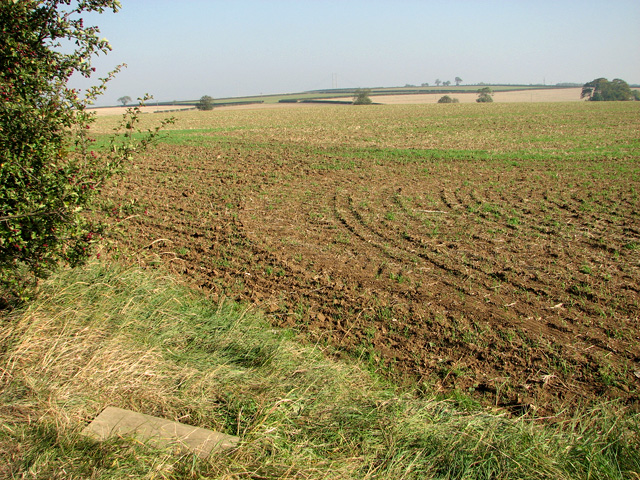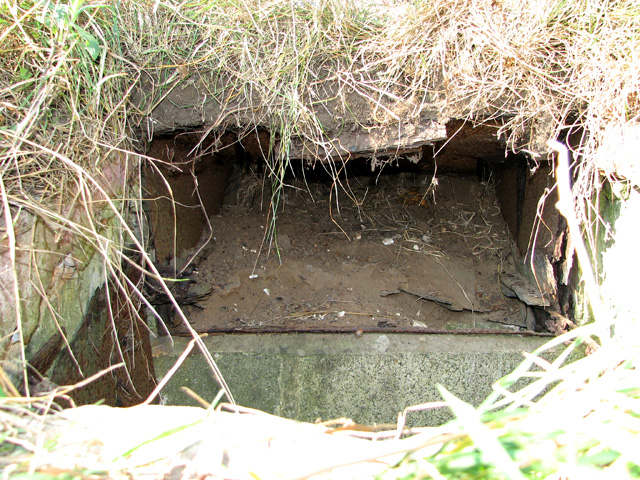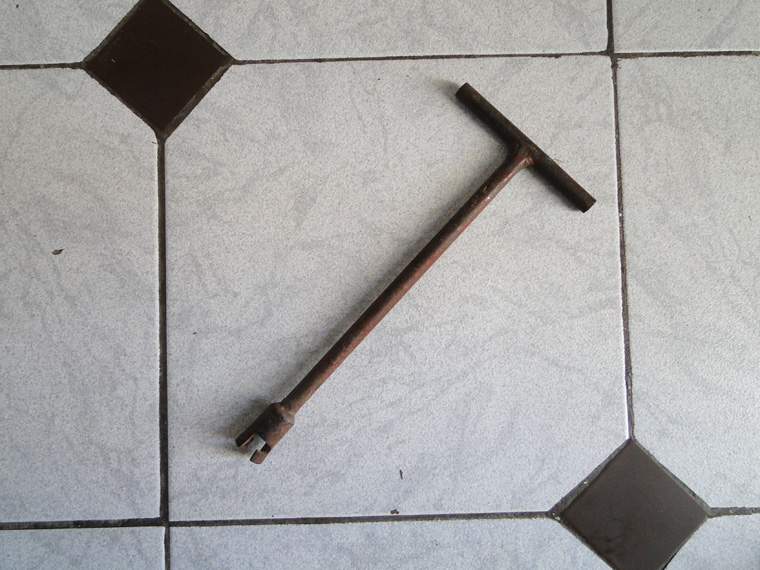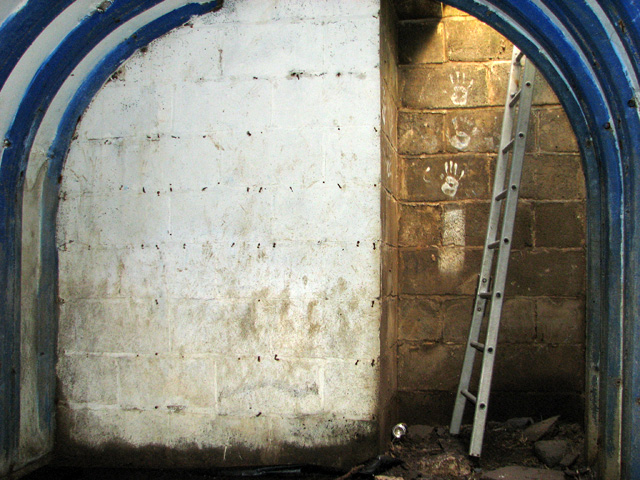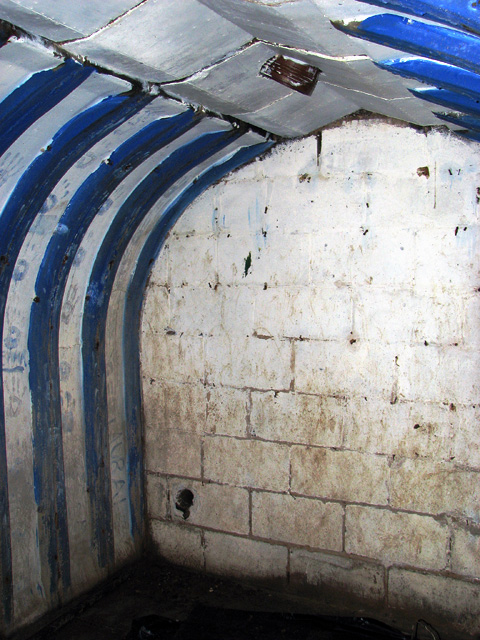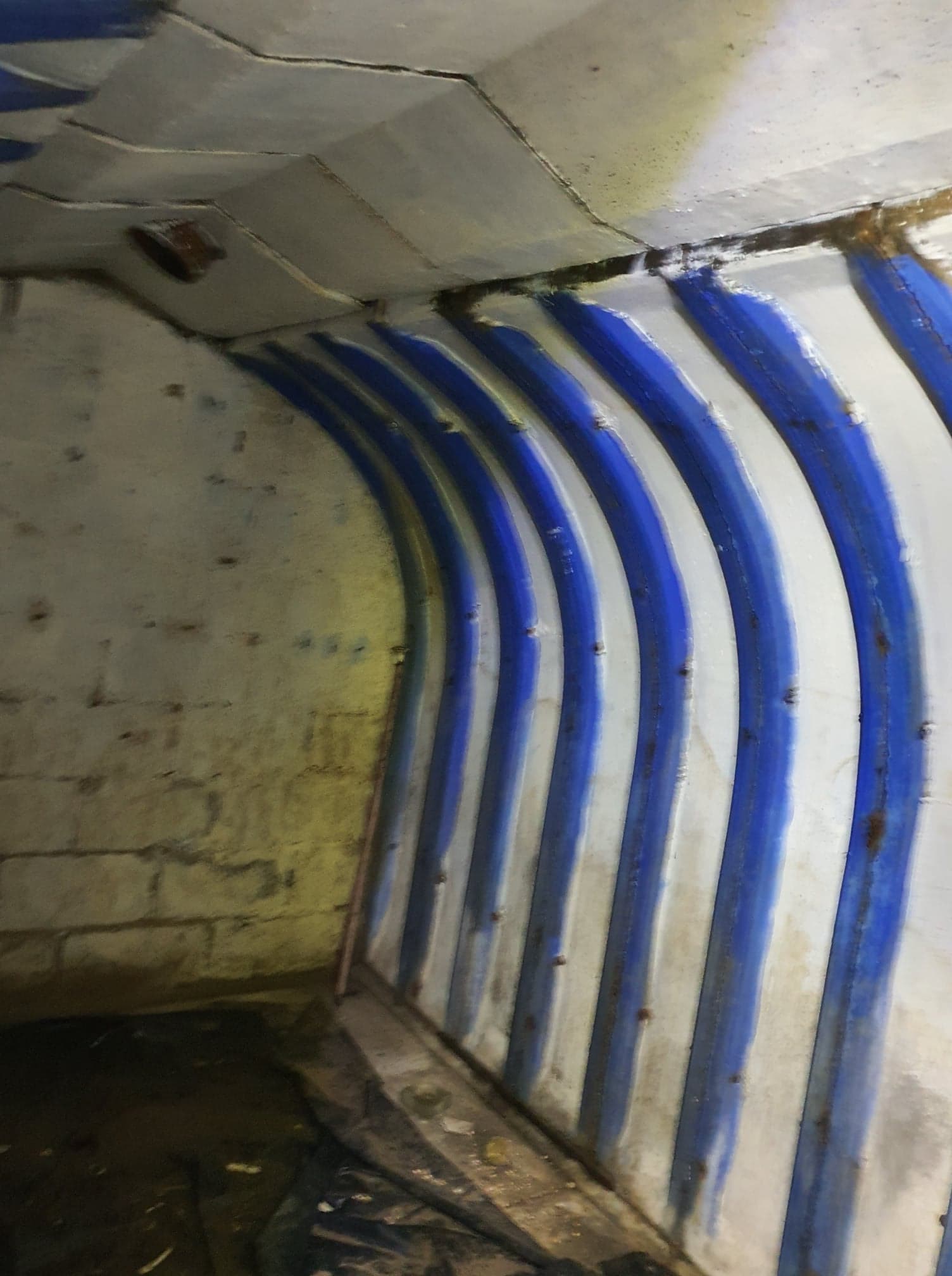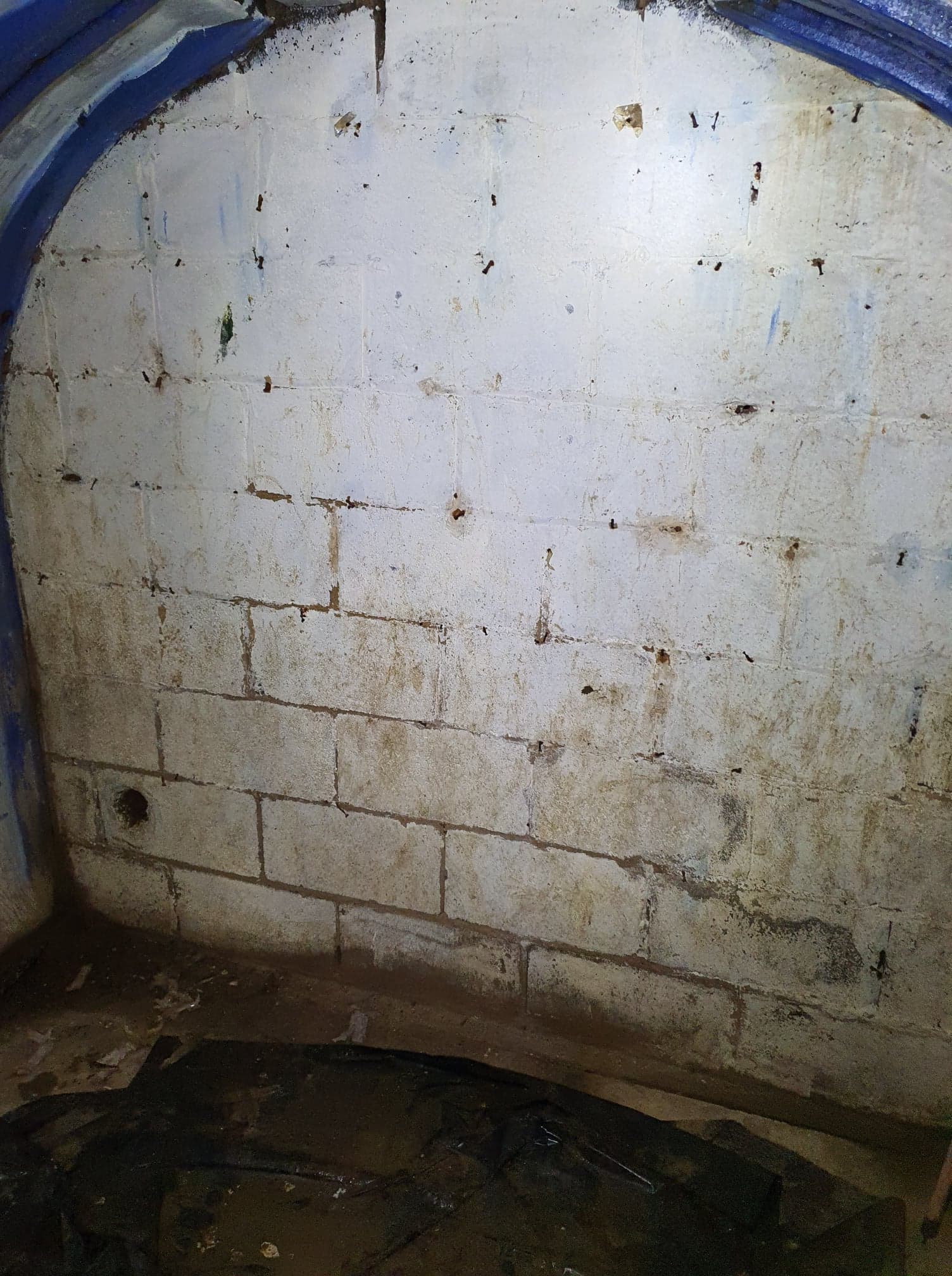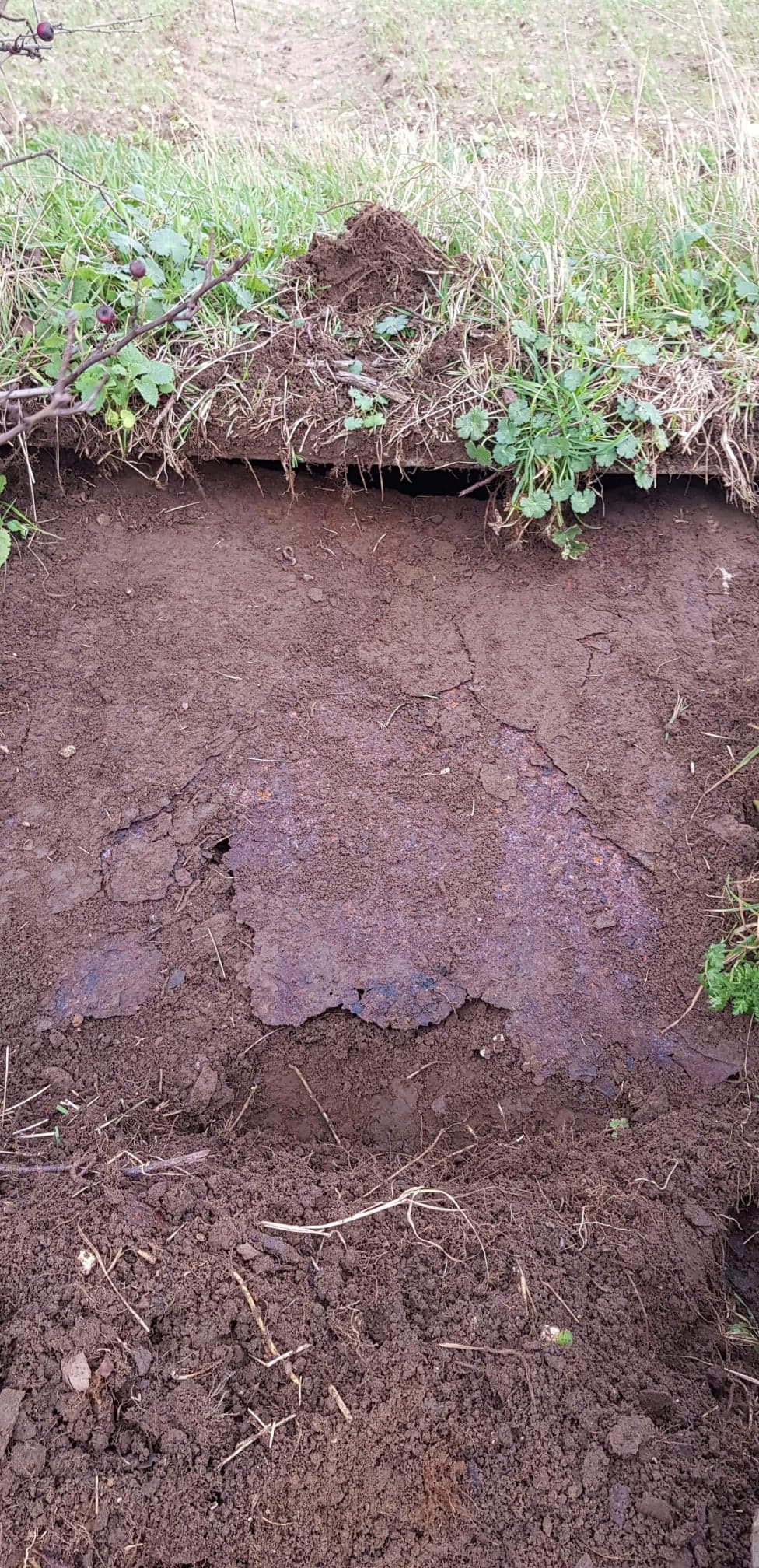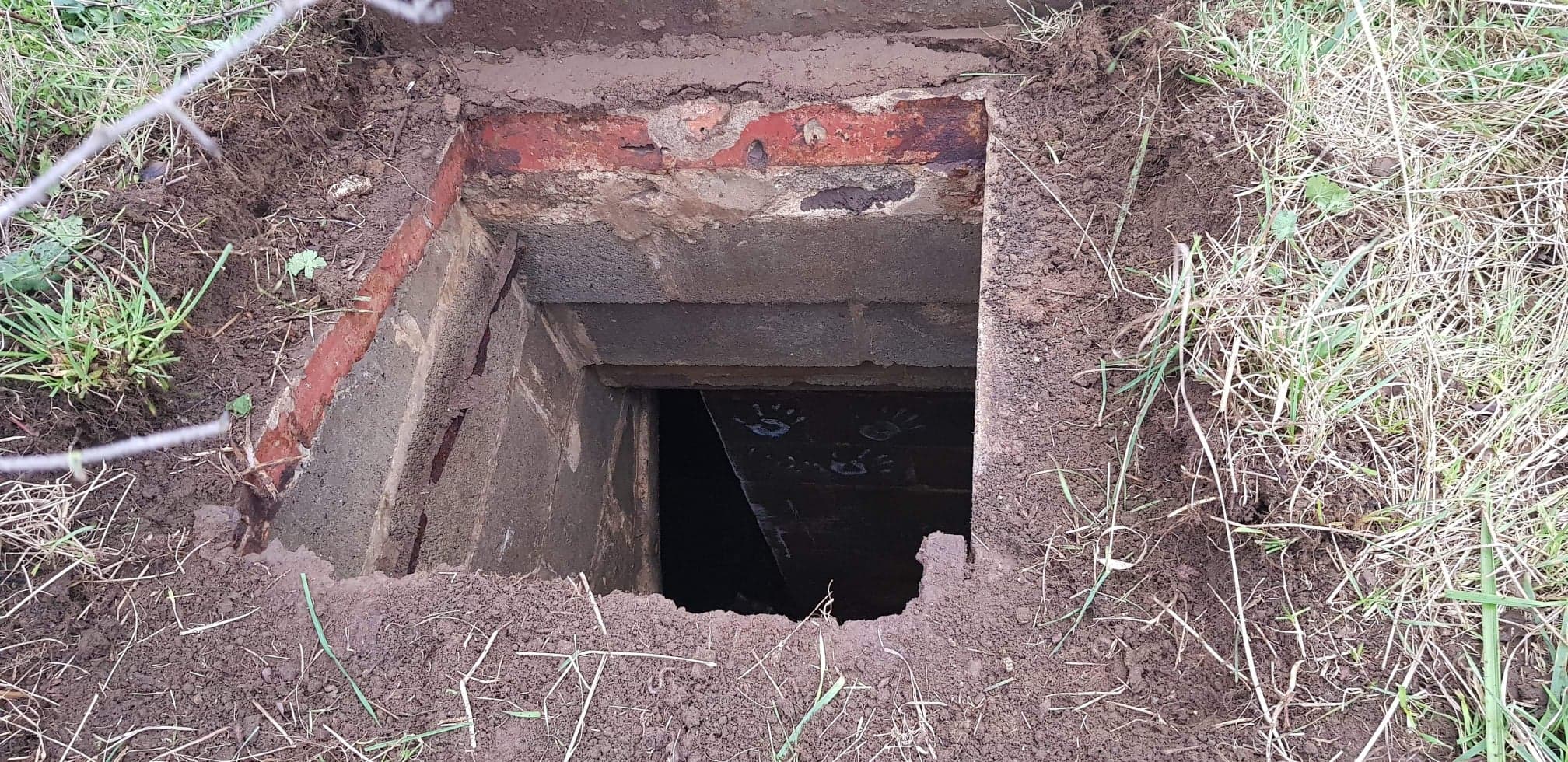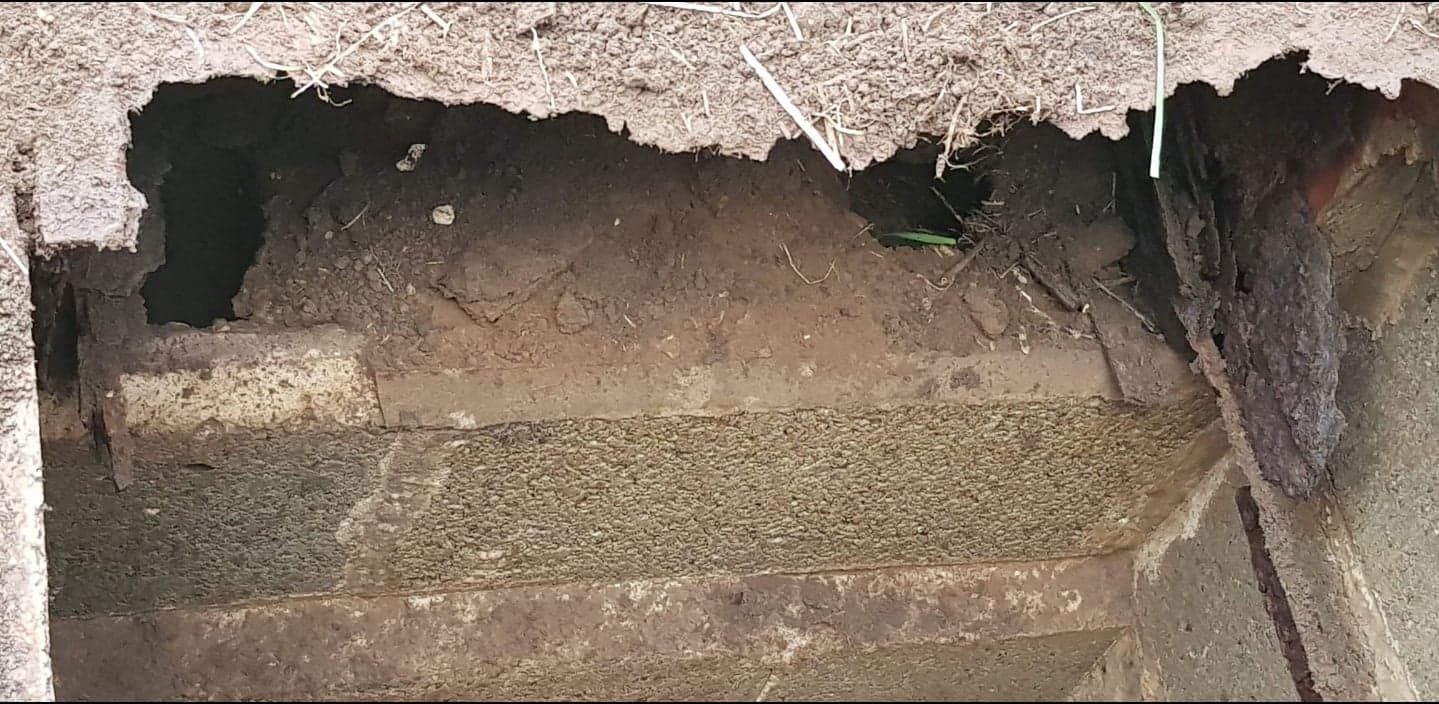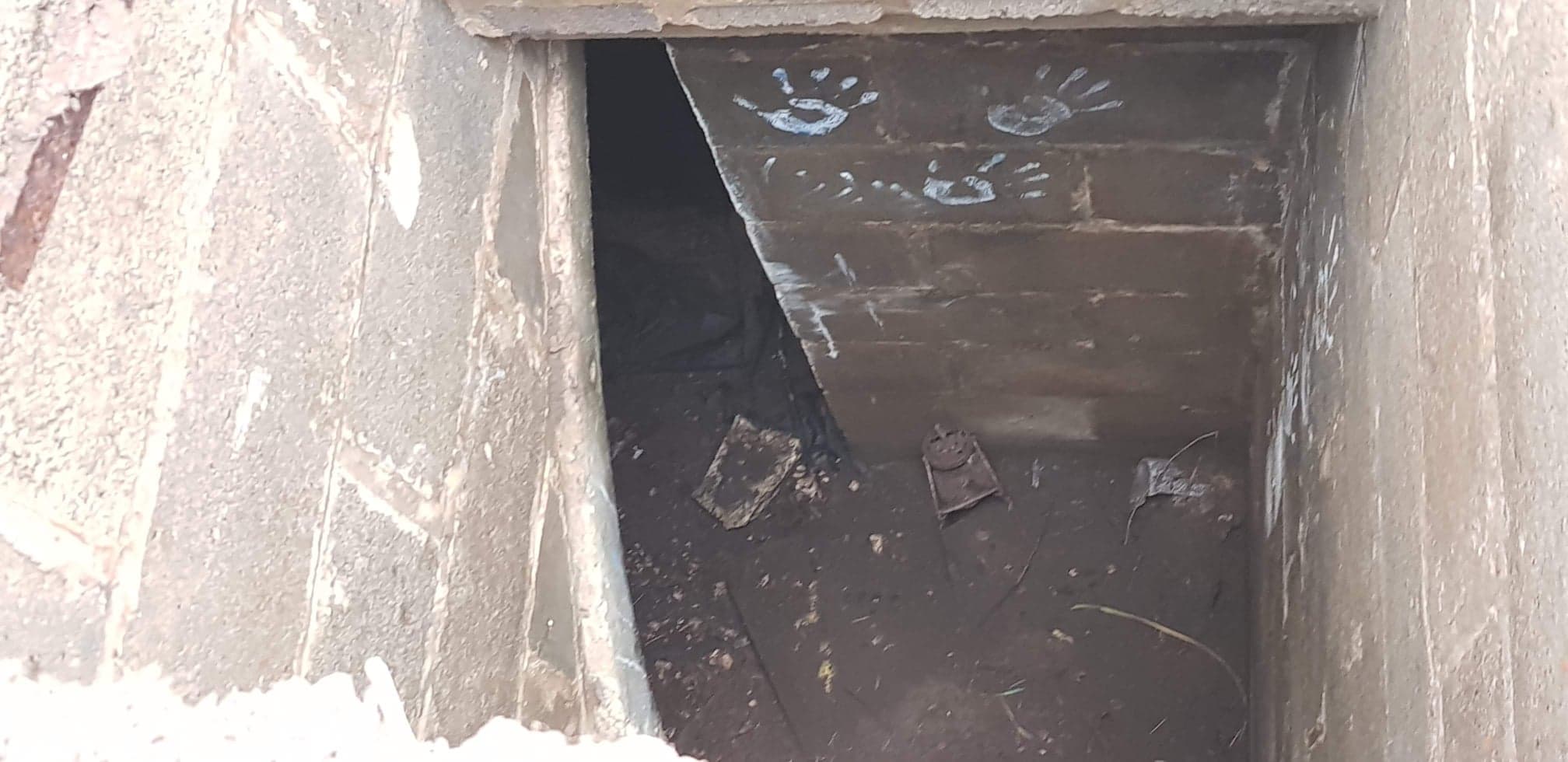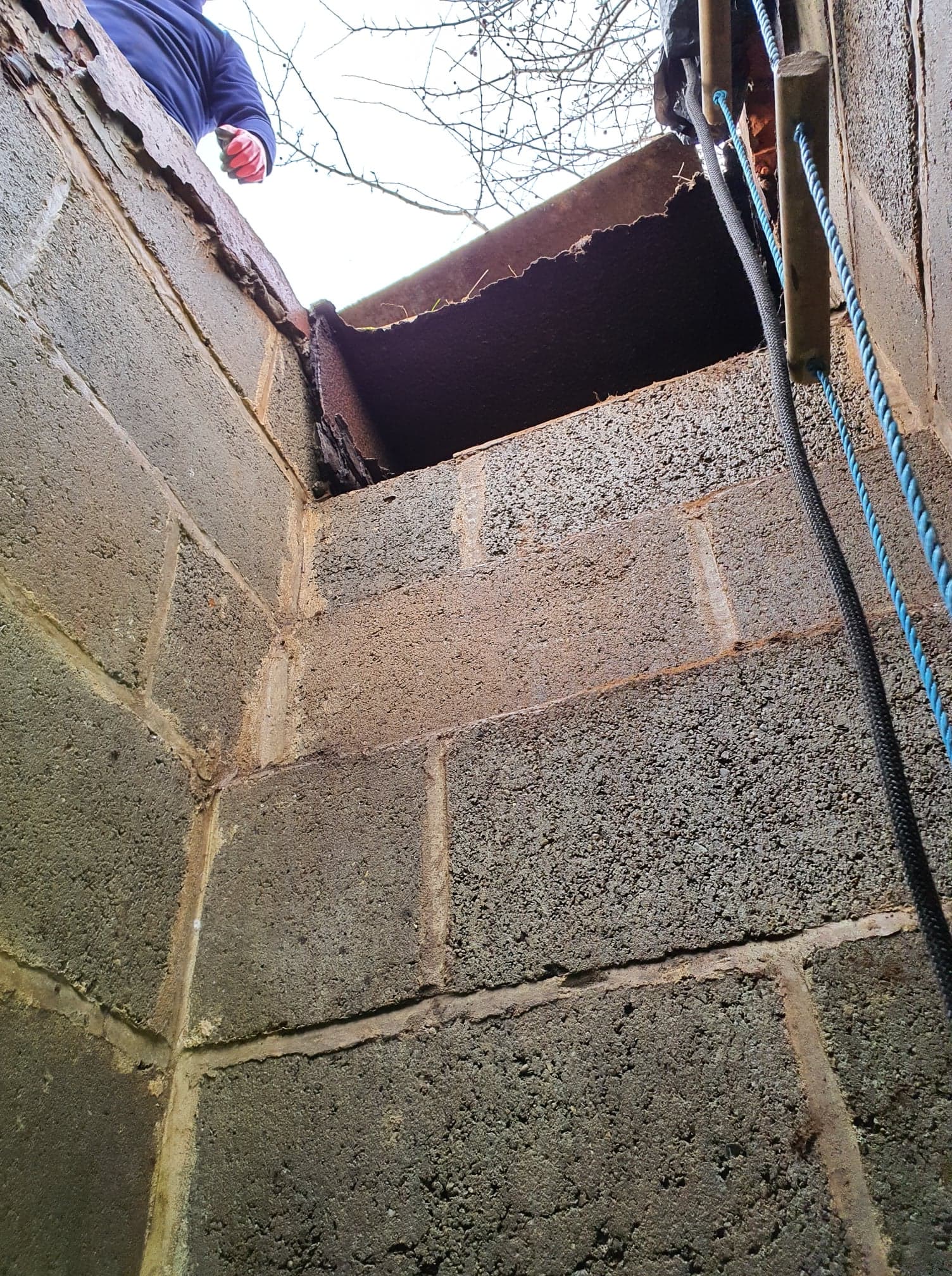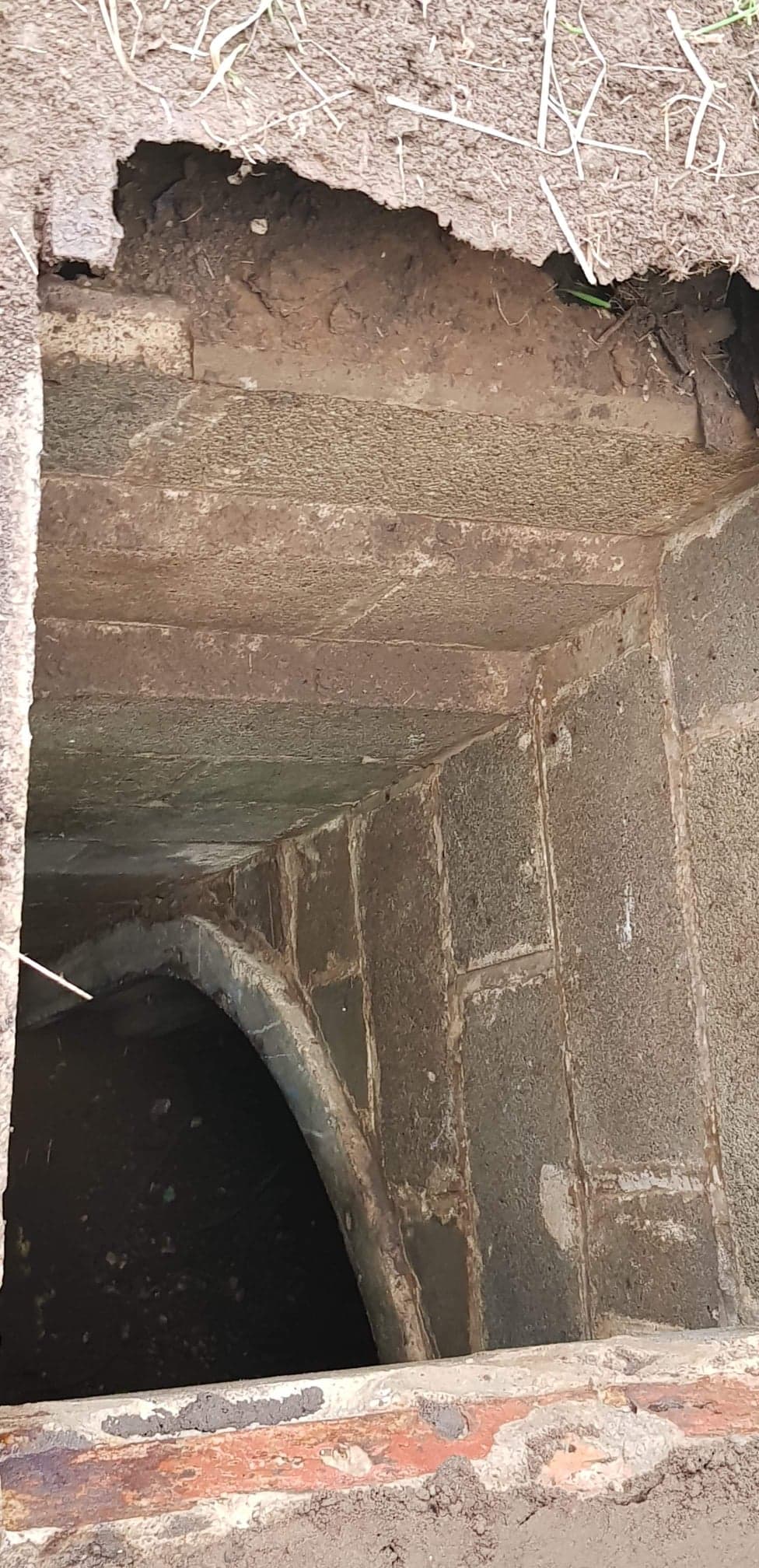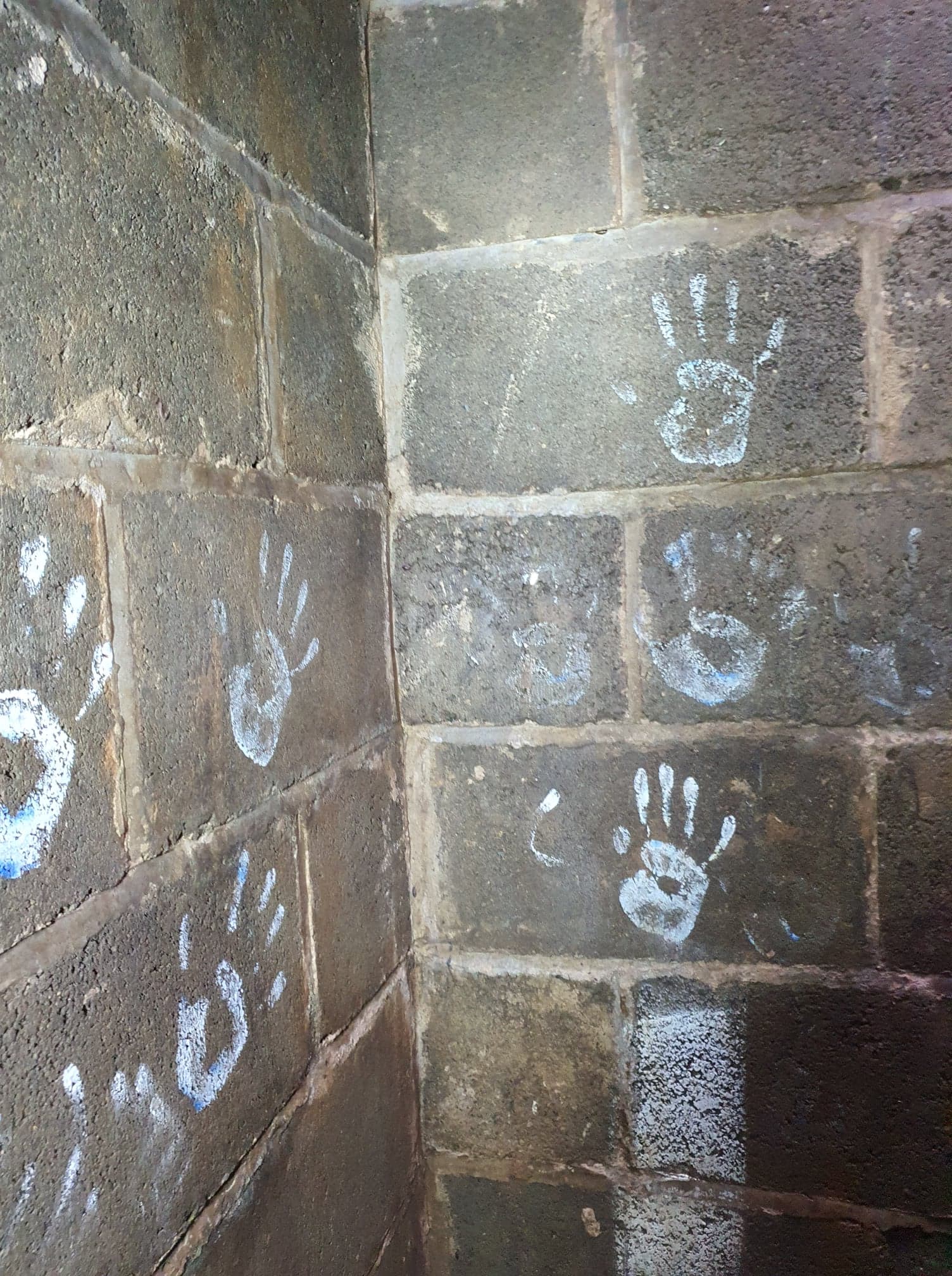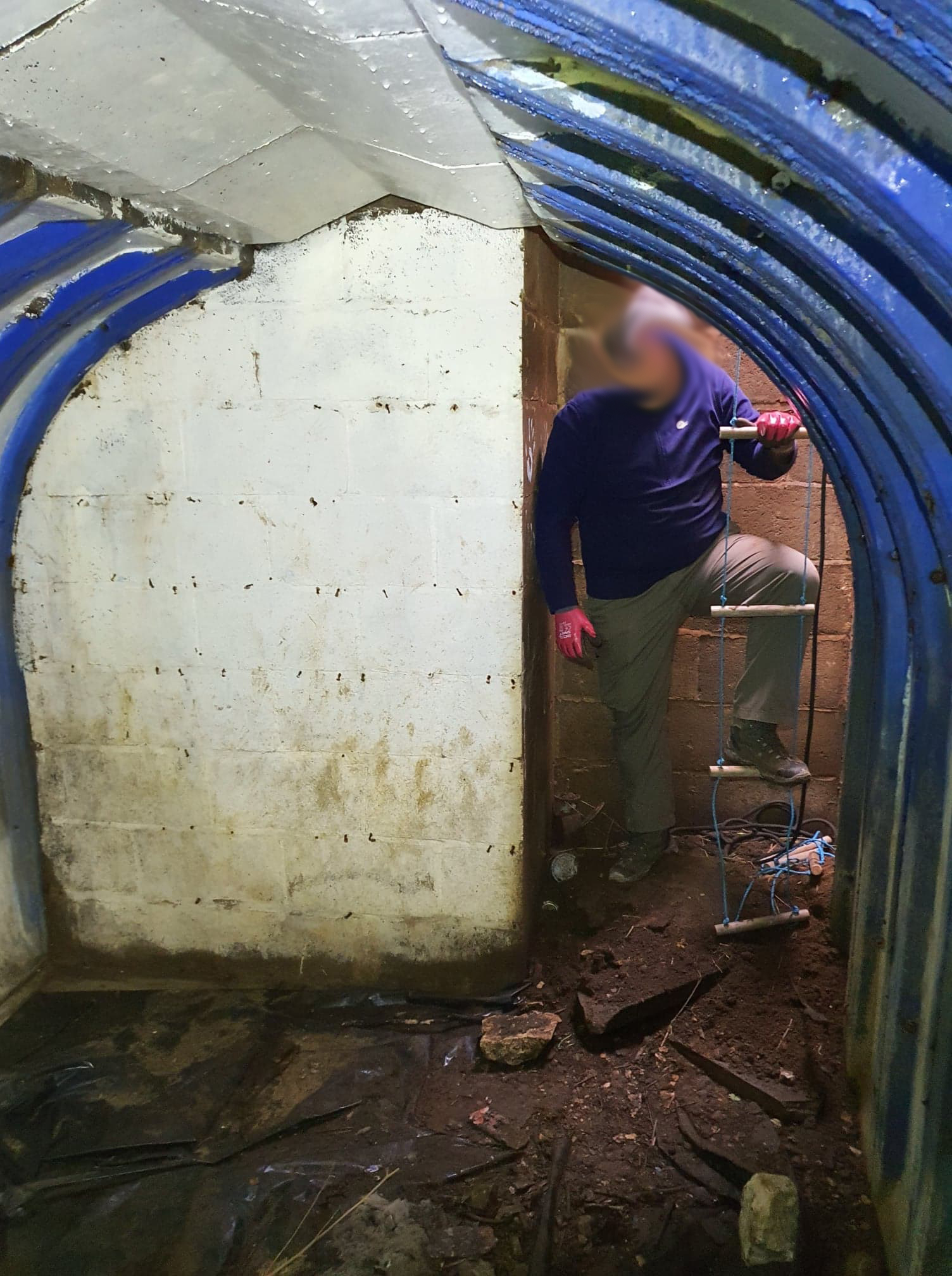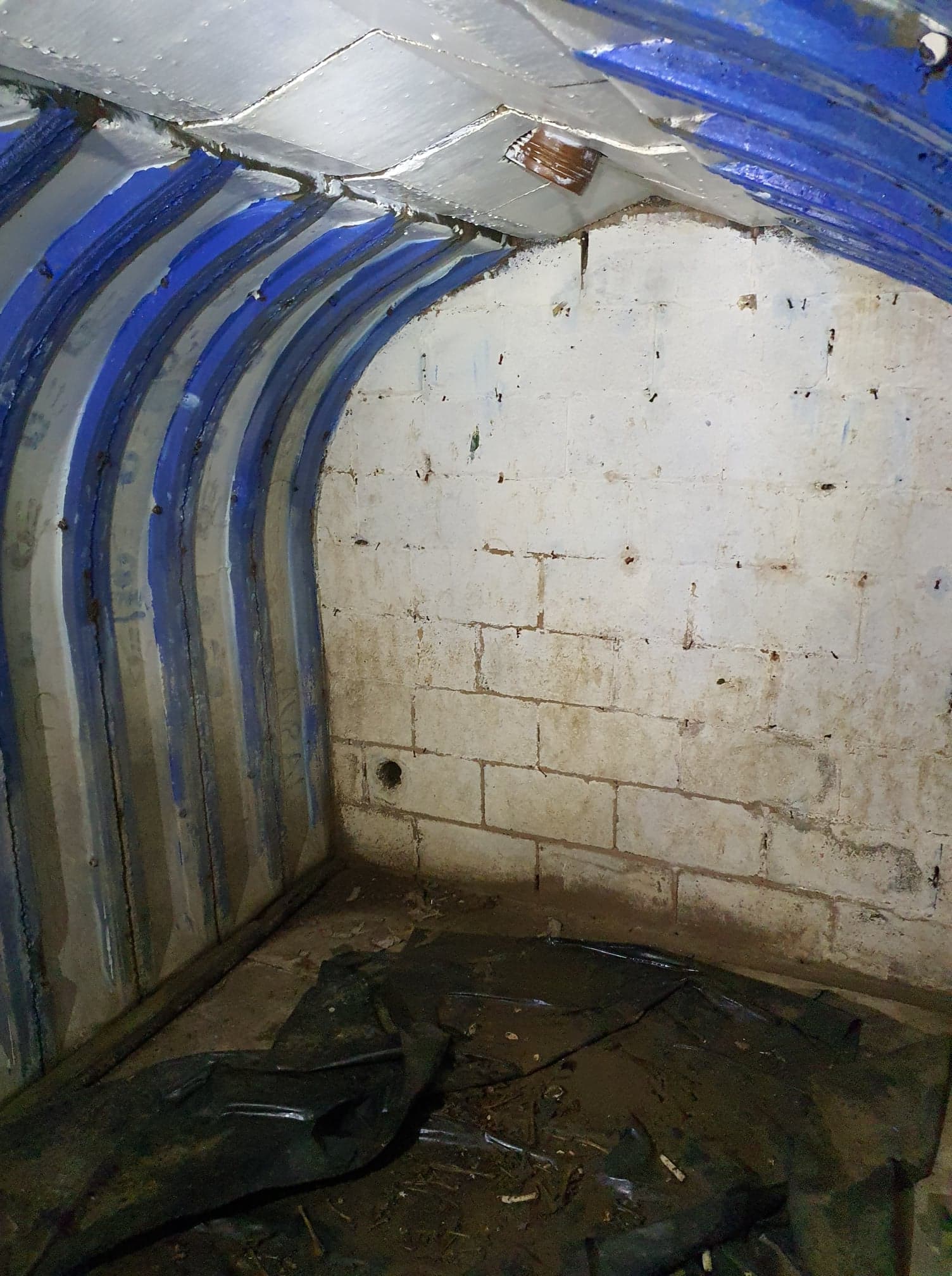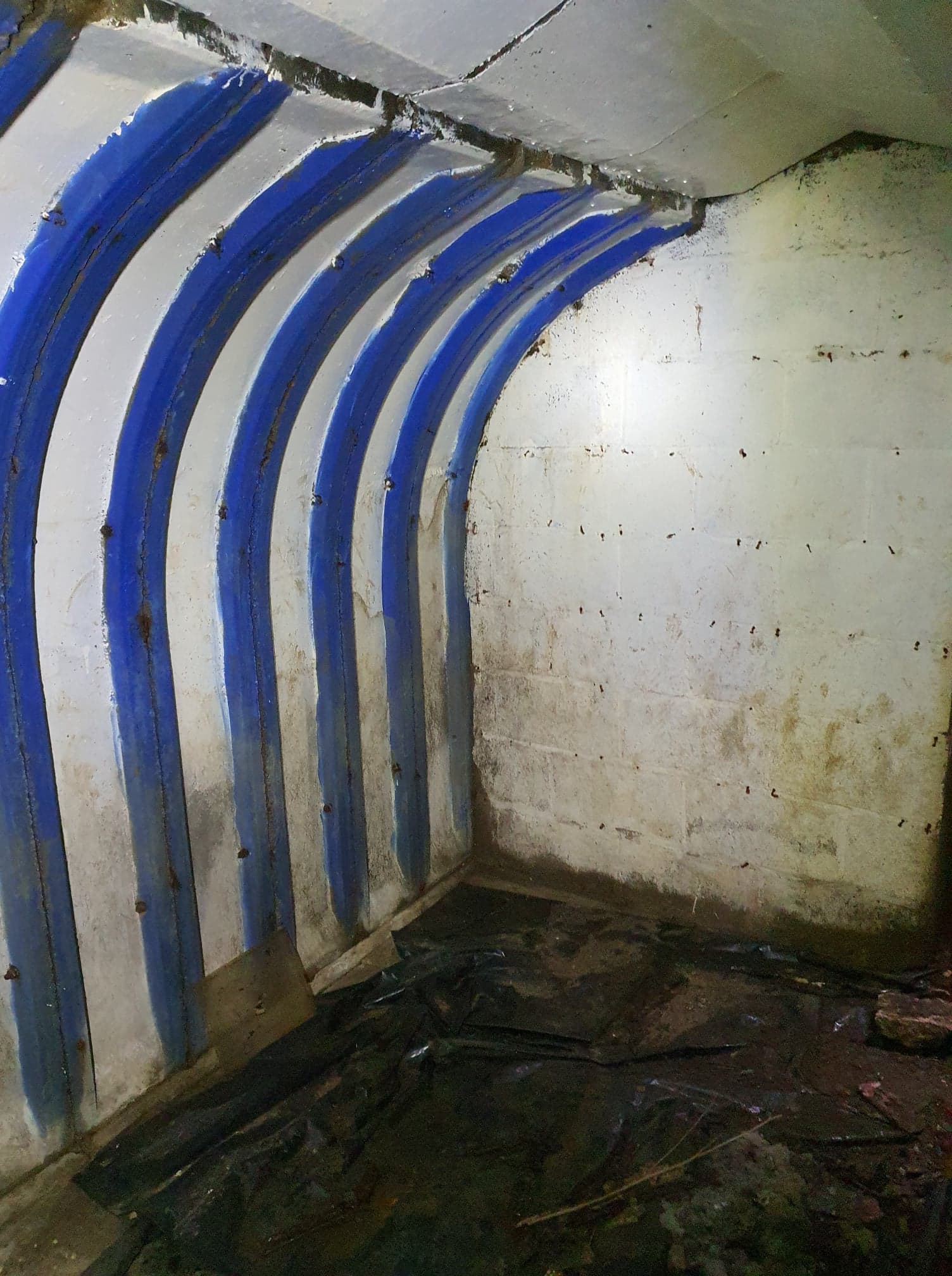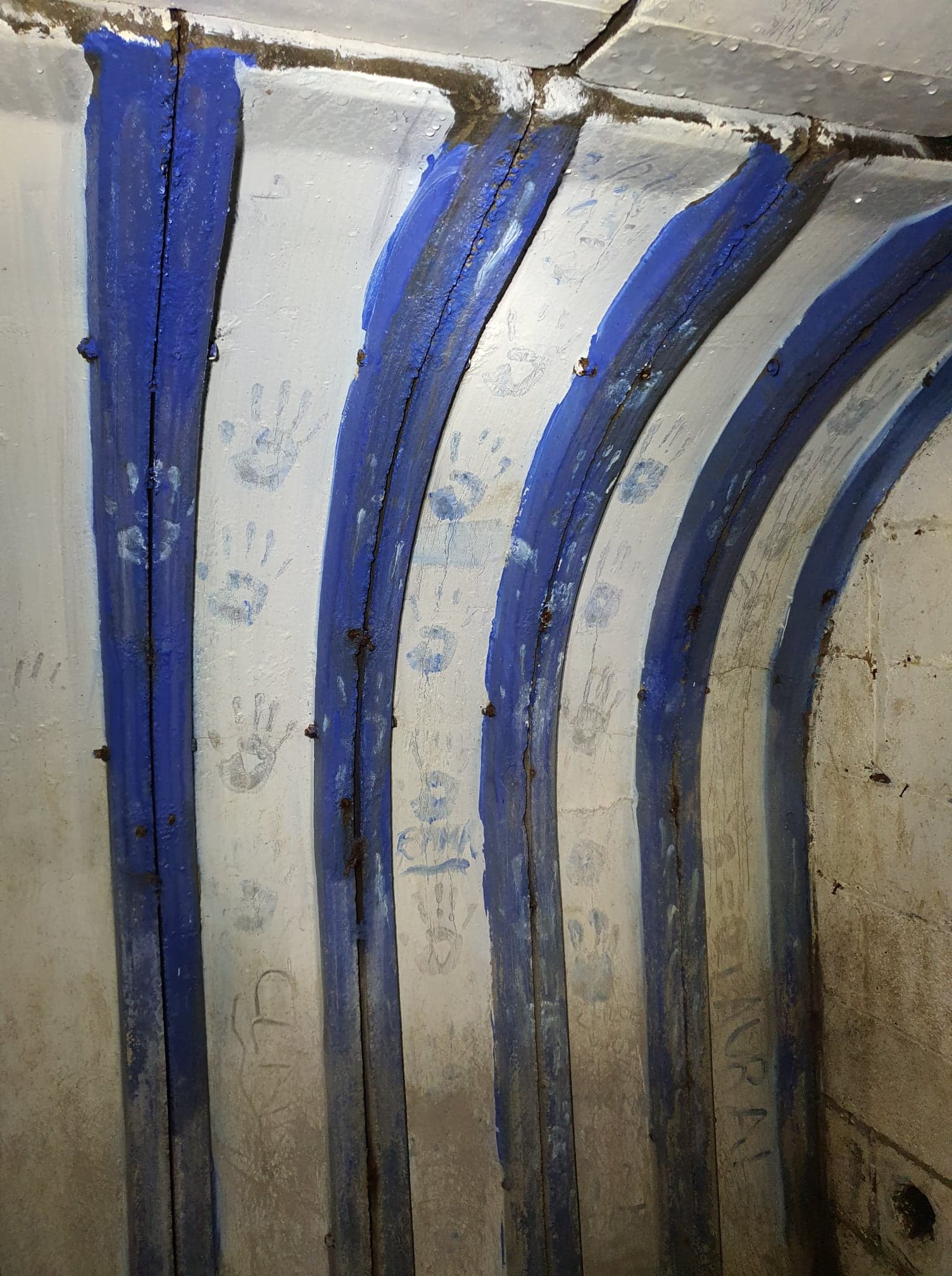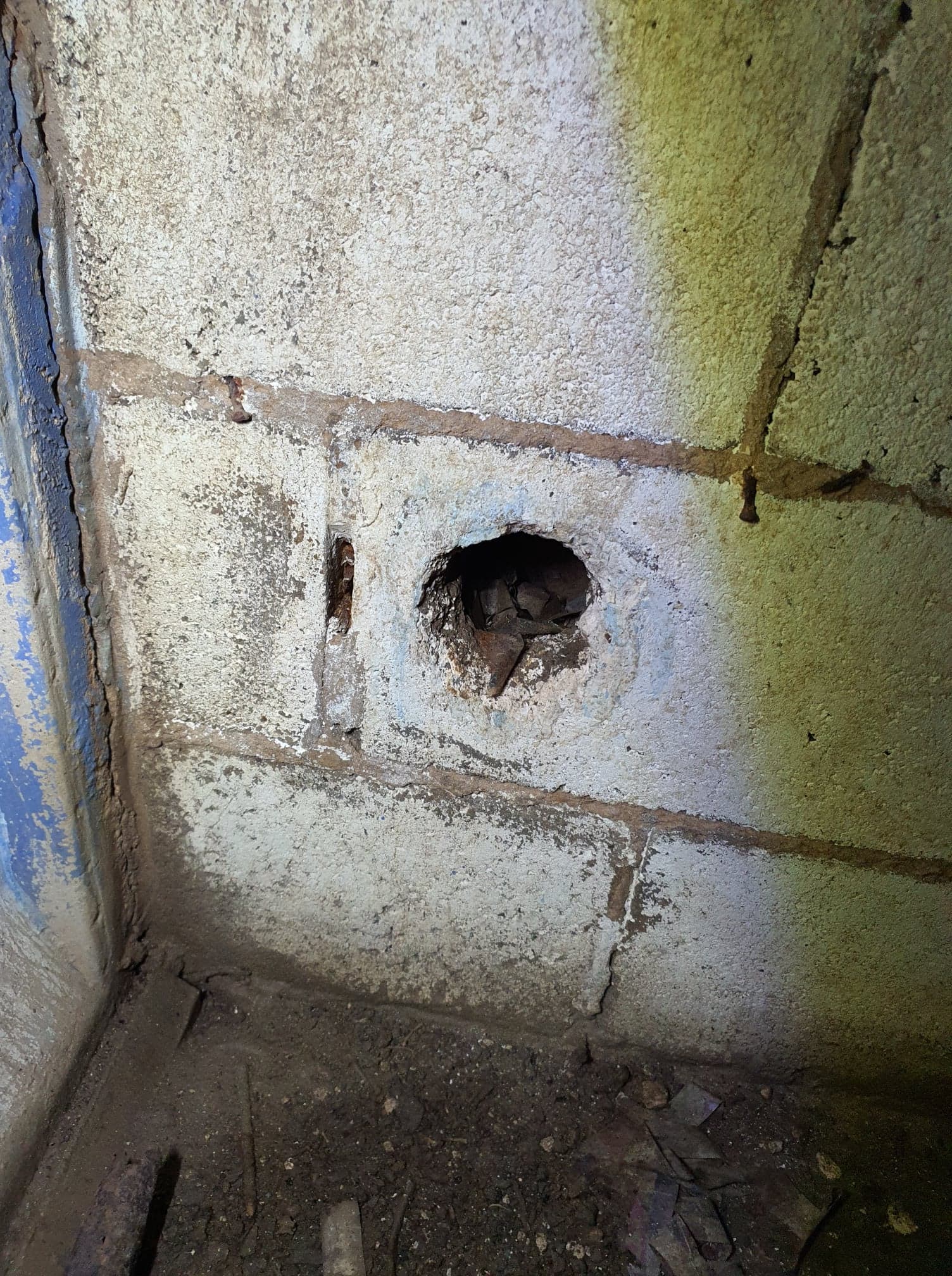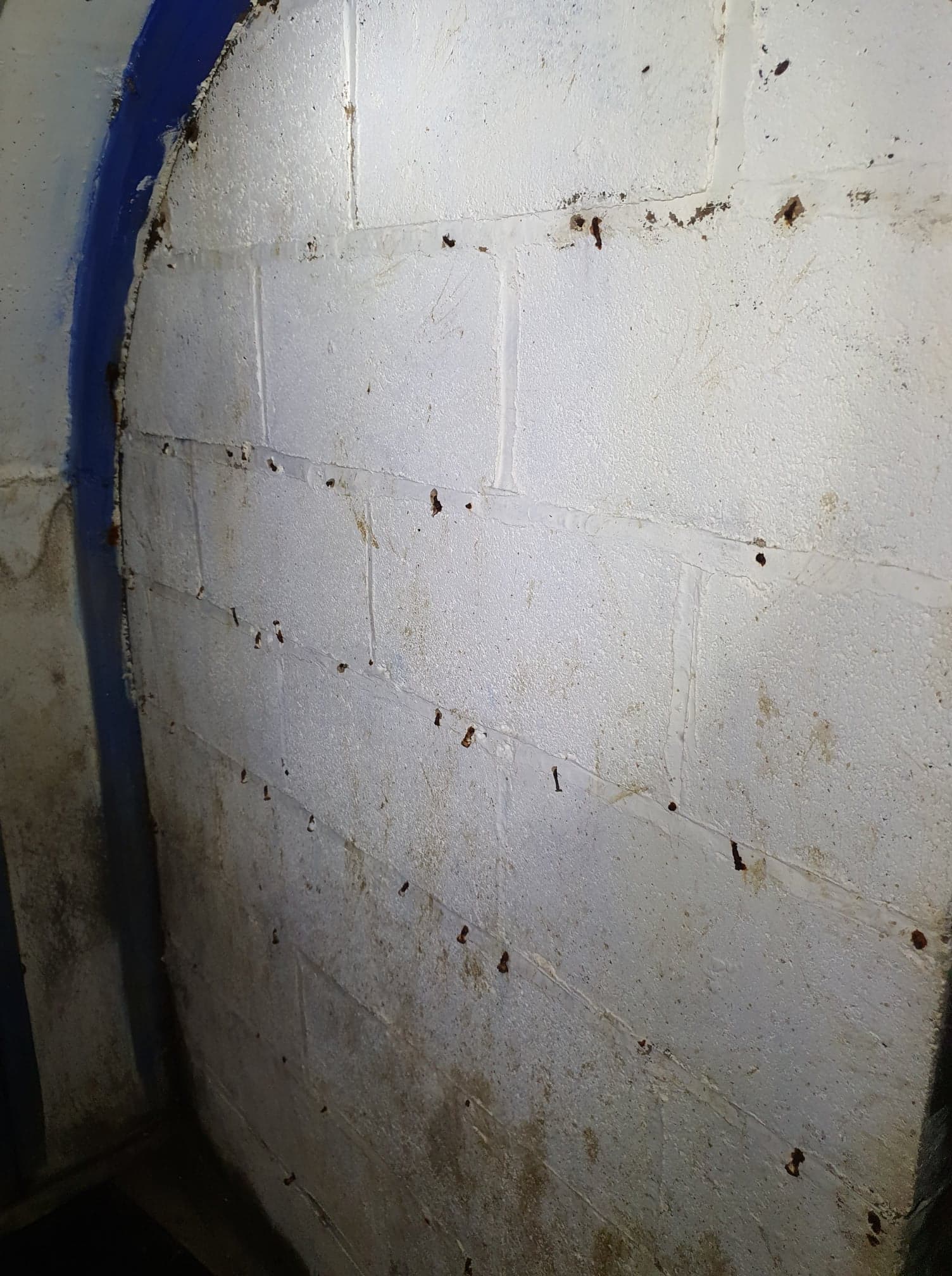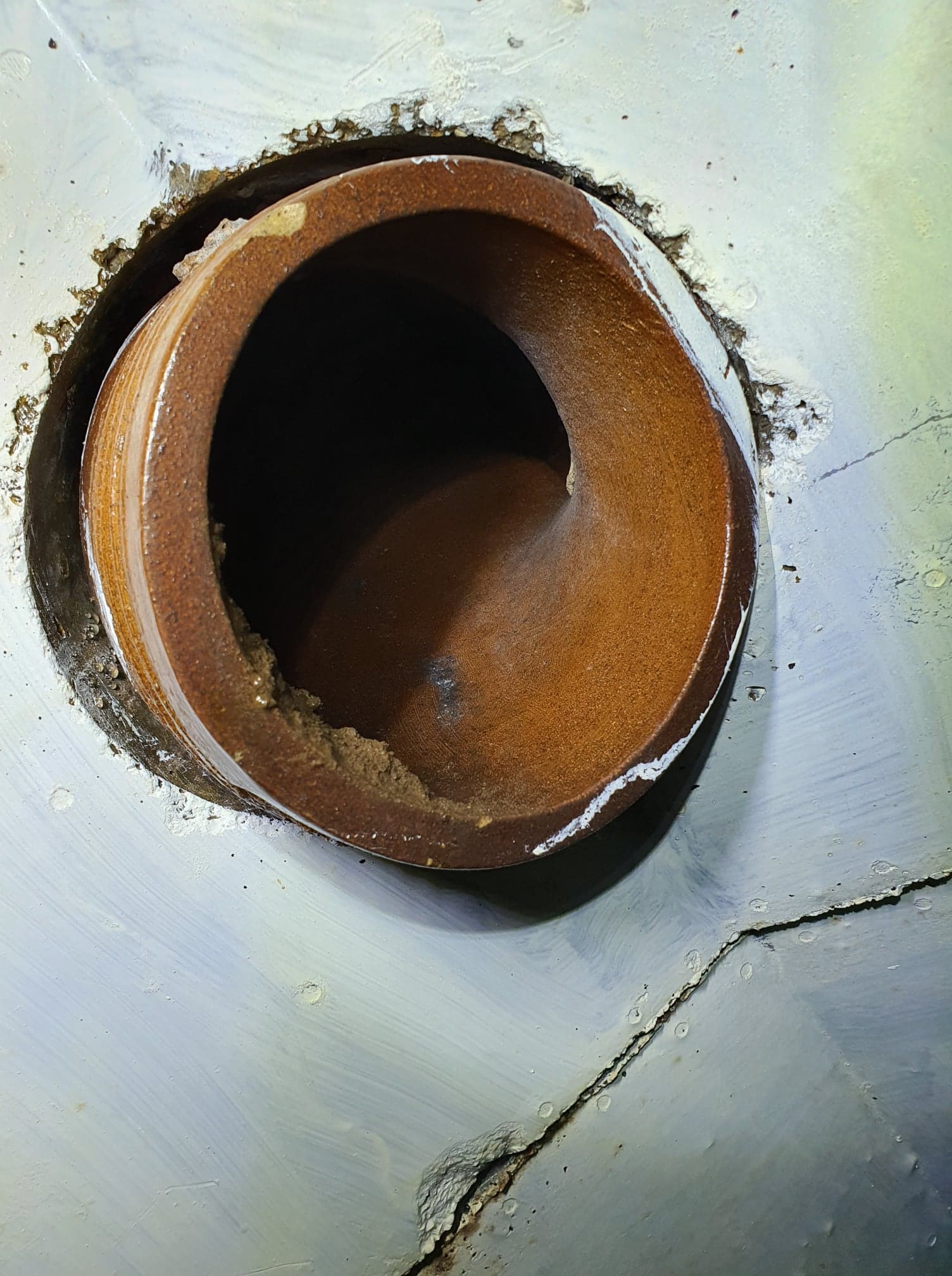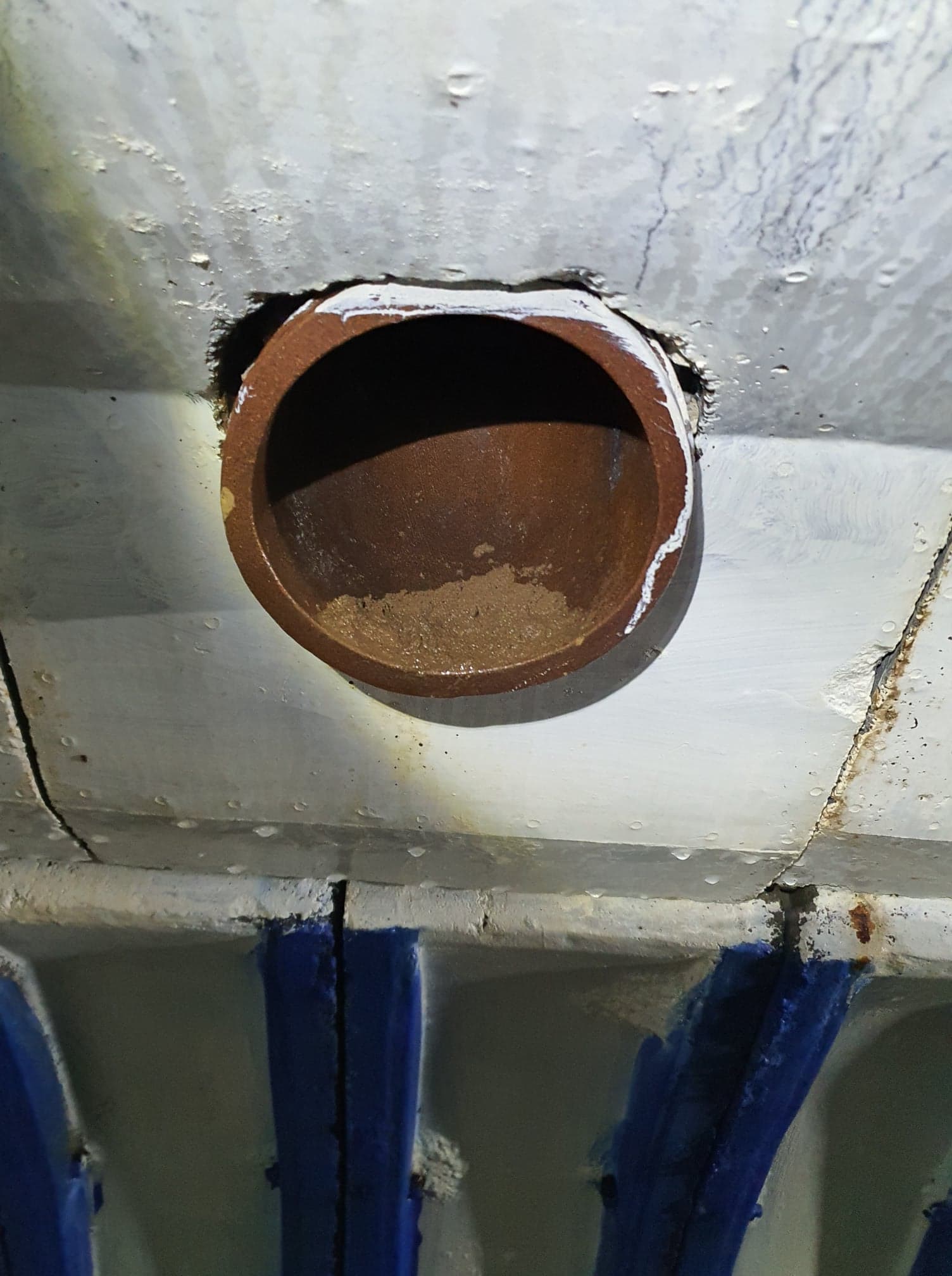Barton-upon-Humber or Barton is a town in the North Lincolnshire district. It is situated on the south bank of the Humber Estuary at the southern end of the Humber Bridge.
| Name | Occupation | Posted from | Until |
|---|---|---|---|
| Sergeant John Marshall Andrew | Poultry farmer |
Unknown | 03 Dec 1944 |
| Corporal Harry Rushbrook | Dairyman |
Unknown | 03 Dec 1944 |
| Private Thomas Raithby Andrew | Apprentice |
Unknown | 1942 |
| Private Godfrey Marshall Andrew | Farmer |
Unknown | 03 Dec 1944 |
| Private Fred Bingley | Butcher |
Unknown | 03 Dec 1944 |
| Private William Harold Graves | Ministry butcher |
Unknown | 03 Dec 1944 |
| Private Valentine Nettleton | Farmer |
Unknown | 03 Dec 1944 |
The OB is situated on private farmland which was accessed by kind permission of the farmer. It was built into a field boundary hedge beside a farm track through fields east of South Ferriby, to the east of a working gravel pit. The field boundary is a slightly elevated grassed-over strip with a mature hedgerow growing on it, dividing a cultivated field from a farm track.
This is one of 15 Lincolnshire OBs that were built by John Sheffield of Scunthorpe with Royal Engineers’ labouring. It was constructed from prefabricated concrete panels that were bolted together. Breezeblocks were used for building both end walls.
The structure is in excellent condition, dry, and well ventilated, with vents in the central roof section as well as in the end walls. The size is 3.2m L x 2.5m W x 2.1m H and it is orientated north/south.
The OB is accessed with a ladder down a narrow drop-down shaft built from breezeblocks. The vertical shaft is 3m deep, the opening measures 0.90m x 0.80m. The opening was originally covered by a steel lid with a tray containing soil and vegetation for camouflage on top of it. The cover was locked in its position by a key of the type that is commonly used for manholes. Turning the key would have lowered the cover which could then be pushed aside and into an adjoining steel case that is still in situ.
The OB has no emergency exit.
The interior walls were later painted blue and white, presumably by visiting teenagers.
Nothing of the original furniture remains. John Andrew remembered that the OB contained bunks made from wire netting nailed on a wooden frame. Inside the OB there was four let down bunks either side and it was very cramped for six to seven men. The OB was stacked with stores of food, water, ammunition and explosives. Guns were kept at home with a certain amount of ammunition in case of parachutist. Food came in wooden boxes with everything needed for one man for 48 days, including a tin of cigarettes.
The Patrol used Rodine (a rat poison), which they mixed with water and sprinkled around the vicinity of their OB, in order to throw enemy sniffer dogs off scent.
Other physical remains include a steel case holding drop and slide cover; ceramic vent pipes; John Andrew has the original key used for opening steel lid.
Barton-upon-Humber Patrol
Targets were Elsham Airfield and the Humber barges.
Locally within the area the Patrol operated or at the regional headquarters at Wellingore, Blankney or Dalby. All Patrols also went to Coleshill for specialist training. Patrol member Tom Andrew mentions (in: Mark Sansom, The Secret Army) how his father, Sergeant Andrew, excelled in silent night movement and once also won a prize (at Coleshill) for planting explosives.
The Patrol would train at every opportunity on their own and with the regular officer (Scout Section). Sergeant Jack Andrew went to Coleshill and trained the others on his return.
They would practice fast draw and accuracy with the pistols and static and moving targets with the rifles. They were trained in unarmed combat and silent killing of single sentries.
Competitions between the local Patrols in shooting and other skills took place at a quarry near Wellingore. On one occasion the Patrol took petrol coupons with them but no money for the return journey. Luckily Jack Andrew won the rifle sharp shooting, Tom Andrew won the rifle static target and Godfrey Andrew won the revolver competition. They won enough money for petrol home.
One night the Patrol attacked the airfield at Kirton in Lindsey. They were dropped at the edge of the airfield at night and split up. Tom Andrew cut through the coiled barbed wire and crawled to the parked Spitfires. He marked the tails with chalk to simulate an explosive charge. He should have then returned and escape unseen but he decided to try and make his way into a hanger. He was challenged and arrested and being “young and silly” he decided to fight back. Treated “a bit roughly” he was taken to the Guard Room to await collection by his father. All the others achieved their targets and escaped unseen.
Another attack was on the Army tank unit at Brocklesby Park. Charges were placed on tank drive sprockets and by the time they were discovered the Patrol were long gone.
Most Patrol leaders had a .32 cal Beretta all the others had a Smith and Weston .38 cal revolver. Rifles were, firstly, the Canadian Ross .300 cal, changed later for a short Lee Enfield of which the Patrol had 3 or 4. A very heavy Browning Automatic rifle .303 cal was soon replaced by the Tommy Gun.
A Thompson sub machine gun with a blue steel finish was kept in its own case with 50 round drum and 20 round magazine and the cleaning gear. This was withdrawn and replaced by 2 or 3 Sten guns.
A standard stiletto type commando knife was issued to each member as was a rubber truncheon. They were supplied with a generous amount of ammunition for both practice and operational along with plastic explosives, detonators, fuses with various burn rate, matchbox size booby traps, time pencils, pull switches, sticky bombs for tanks, motor cycles and cars, hand grenades (Mills) and incendiaries.
Tom Andrew recalled a story told to him when returning on leave from the RAF in later 1943; “ It all started when a certain Home Guard officer tried to get to know what my father was doing but of cause he could not tell him as Aux Units were still very secret indeed. This seemed to bother him and he made enquiries higher up the ladder and got his fingers rapped for his trouble.
Sometime in 1943 he told my father that he had a rough idea of what my father was up to and it was a waste of time as no amateurs could do anything against the Home Guard let alone the German Army.
My father heard about a joint exercise with the local army units and the Home Guard. An emergency command post was to be a room in the pub for one night. My father visited the pub and noticed an old lady come in with a enamel jug with a lid which served as a cup, it was filled with stout and she left. The landlord said “she comes in every night at this time, you could set your watch by her” and so an idea was born.
On the night of the exercise two Aux Units men called on Mrs Barret and borrowed the jug. At the correct time my father dressed as Mrs Barret in some of my grandmothers clothes and walked down the street.
At the pub door stood a sentry, Jack Howden, who actually worked for father on our farm. He said “Good evening Mrs Barret” and let “her” pass. My father went into the bar and the landlord said “the usual Mrs Barret?” and filled “her” jug. Passing the sentry on the way out my father pulled out his Beretta and made them enter the command post where the officers were sat around a table. He then pulled a pin from a (not live) grenade, rolled it under the table and locked the door.
My father got clean away and nobody knew who it was until after stand down.”
Tom Andrew recalled; “Although we realised we could not last long we felt we had the ability and the means to severely hamper the enemy and so assist our forces”
TNA ref WO199/3389
Hancock data held at B.R.A
Evelyn Simak and Adrian Pye visited the OB site with John Andrew (son of Patrol leader Jack Andrew) and Dennis Holloway in order to assess condition, take measurements and photographic records. (2011). Dave Hunter (2022)
IWM interview Dec 1994 with Auxilier Thomas Raithby Andrew
The late Tom Andrew, John Andrew, Barton upon Humber (personal interview)
Dennis Holloway
Mark Sansom, The Secret Army, Heritage Lincolnshire (2004)
